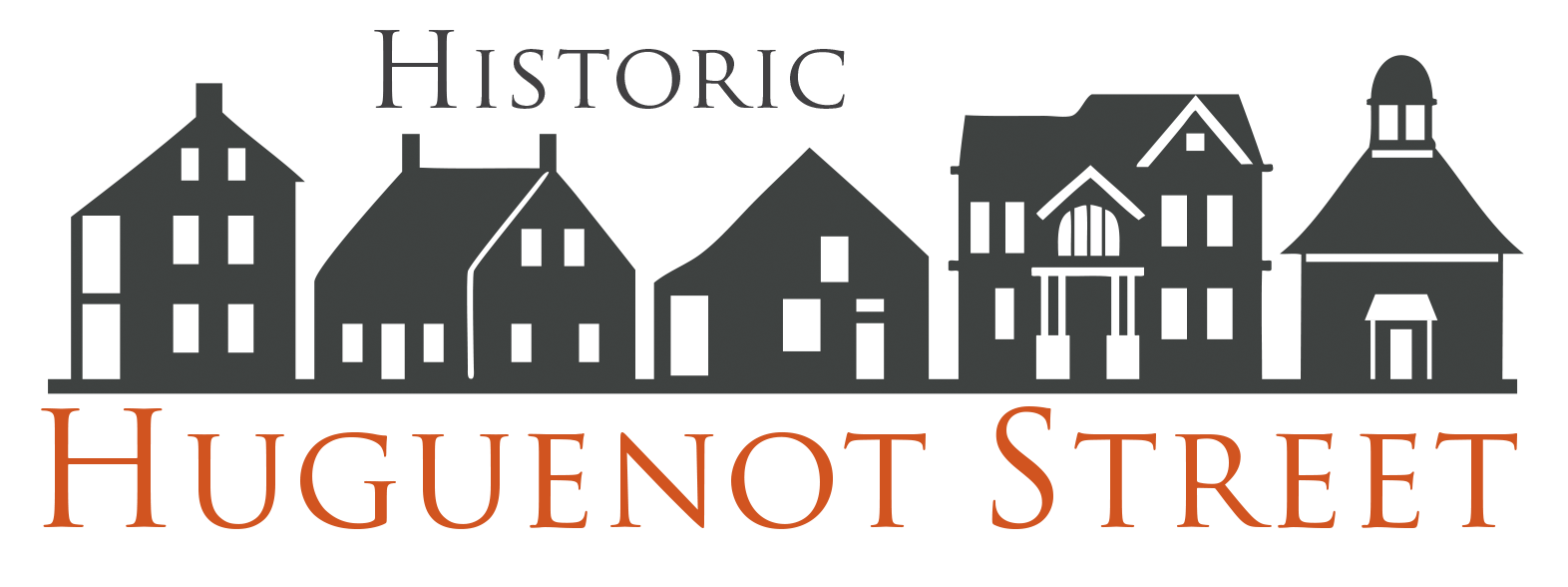“I appreciate the grounds of Historic Huguenot Street as a place to come home and reconnect, knowing my ancestors are present all around.”
our families
The Esopus Munsee tribe
It is with gratitude and humility that we acknowledge that we in the Hudson Valley are learning, speaking, and gathering on the ancestral homelands of the Munsee Lenape people, who are indigenous to this land. We pay honor and respect to their ancestors past and present, and we at Historic Huguenot Street are committed to building a more inclusive and equitable space for all.
These lands have been home to Esopus Munsee people for thousands of years and are still culturally significant to Native Nations today. Archaeological excavations on the site have unearthed tens of thousands of artifacts from Native habitation dating as far back as 7,000 BCE.
According to the late 18th-century Mohican historian Chief Hendrick Aupaumut, the first people to discover America, including the Hudson River Valley, traveled from the north and west, creating settlements in rich river valleys. Those who settled this region called the river the Mahicannituck, or “the river where the waters are never still,” and called themselves Muh-he-con-ne-ok, meaning “the people of the waters that are never still.”
Upon European contact in the early 17th century, the Esopus Munsee Native Americans had villages here in the valley of the Mahicannituck. The Esopus, meaning the “small river” or “creek,” were a band of the Munsee, one sub-group of the Lenape people. The Lenape speak an Algonquian language.
Major disruption to their society happened when Dutch colonists arrived in the Hudson River Valley. In 1677, French Protestants (“Huguenots”) who had previously settled in the local Dutch villages, presented a written land agreement to the Esopus Munsee by which they would trade European goods in exchange for permission to reside on nearly 40,000 acres of Indigenous land. In this agreement, the Esopus reserved the right to hunt and fish on this land; although, the local tribe was expected, by the Huguenot colonizers, to vacate the patent.
Over the next 150 years, the region’s Indigenous population would continually decrease as communities were forced from their ancestral lands and banded with ally tribes, such as the Mohicans in Stockbridge, Massachusetts. Ultimately, the descendants of those who once prospered on the banks of the Mahicannituck would be forced to reservations. Today, these Nations reside in Wisconsin, Oklahoma, and Ontario.
The Lenape people are proud of their heritage. Historic Huguenot Street continually increases its efforts to consult with these affiliated Native Nations and achieve common goals of cultural preservation through archaeological excavations, research, and educational programs. To learn more about their communities today and their preservation work in their Hudson Valley homelands, please visit these online resources:
Our Families
The Huguenots
The term “Huguenot” refers to a French-speaking Protestant who practiced the Reformed, or Calvinist, tradition of Protestantism in the sixteenth and seventeenth centuries. Huguenots suffered severe persecution at the hands of the Catholic majority, and hundreds of thousands emigrated from France. The first European settlers of New Paltz are understood to have been a combination of Huguenots (French-speaking Protestants from France) and Walloons (French-speaking Protestants from present-day Belgium). A group of Huguenot families (whose names were Bevier, Crispell, Deyo, DuBois, Freer, Hasbrouck, and LeFevre) decided to create a community of their own, one where they could exercise more authority over their worship and their way of life. In 1677, twelve men signed an agreement with sachems of the Esopus-Munsee tribe to reside on nearly 40,000 acres of their land. A patent was then granted by the first proprietary governor of New York, Sir Edmund Andros. By 1678, the families had moved to the banks of the Wallkill River and established the village of New Paltz.
Descendants of the Huguenots can learn more about the families by visiting these online resources:
John Wynkoop, ca. 1888. HHS Archives, gift of Amy LeFevre
From left to right: Joseph McGill, founder of The Slave Dwelling Project, and the late Mary Pottinger with her granddaughter, Jasmine Jones (both descendants of those enslaved on Huguenot Street) at an event in 2016
Our Families
The Enslaved African & Free Black Communities
Many of the individuals who were enslaved in the region were taken from their homes and put on slave ships from West Africa to be sent to the colonies. They were from many different ethnic backgrounds, spoke different languages, and in many cases, were skilled laborers, farmers, and artisans. When the Huguenots arrived in the Hudson River Valley in the 1660s, they entered a slave-owning society. The Huguenots did not enslave people in France or Germany, but they soon took up the practice in their new homeland. The most detailed account that Historic Huguenot Street has of an enslaved person’s life in the area comes from the early 19th century, from the famed abolitionist Sojourner Truth, who was born into slavery in Ulster County.
As New Paltz evolved, so too did the lives of the Black community making their own marks, such as John Hasbrouck, manumitted in 1827, who, as a property owner, would become one of the first African Americans in the community eligible to vote; as well as Jacob Wynkoop, who served in the 20th Colored Infantry during the Civil War and went on to build several New Paltz residences. Descendants of the Black families in New Paltz can research their heritage by visiting these online resources:
Our Community Today
Historic Huguenot Street has become a gathering place for New Paltz and the greater Hudson Valley. Two celebrations—Trick or Treat on Huguenot Street and the Community Tree Lighting— draw thousands of residents annually. The historic site collaborates with other organizations such as Local at Heart and the Reformed Church of New Paltz to undertake projects that serve local families. Children attending Camp Huguenot discover, explore, and learn about all the families who have called Huguenot Street home.









